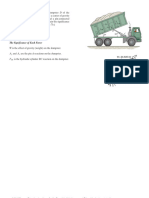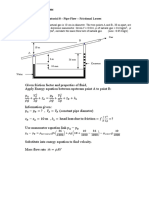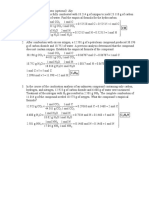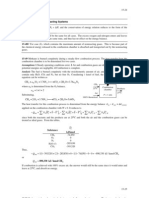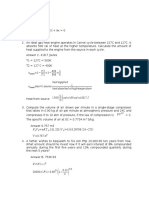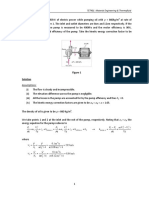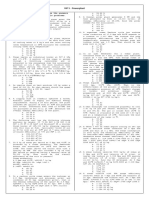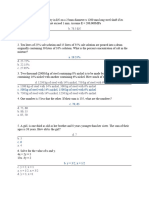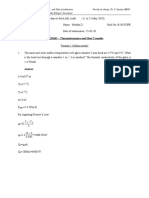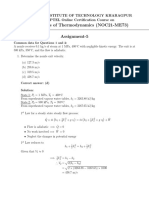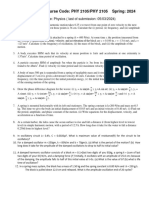0% found this document useful (0 votes)
192 views12 pagesHeat Transfer Problem Solutions
The document discusses four problems involving heat transfer through cylindrical and spherical shells. The problems involve determining required electrical power, maximum temperatures, and heat loss. Analytical solutions are provided using concepts of one-dimensional steady-state heat conduction, thermal resistance networks, and energy balances.
Uploaded by
Saurabh ManralCopyright
© © All Rights Reserved
We take content rights seriously. If you suspect this is your content, claim it here.
Available Formats
Download as PDF, TXT or read online on Scribd
0% found this document useful (0 votes)
192 views12 pagesHeat Transfer Problem Solutions
The document discusses four problems involving heat transfer through cylindrical and spherical shells. The problems involve determining required electrical power, maximum temperatures, and heat loss. Analytical solutions are provided using concepts of one-dimensional steady-state heat conduction, thermal resistance networks, and energy balances.
Uploaded by
Saurabh ManralCopyright
© © All Rights Reserved
We take content rights seriously. If you suspect this is your content, claim it here.
Available Formats
Download as PDF, TXT or read online on Scribd
/ 12

